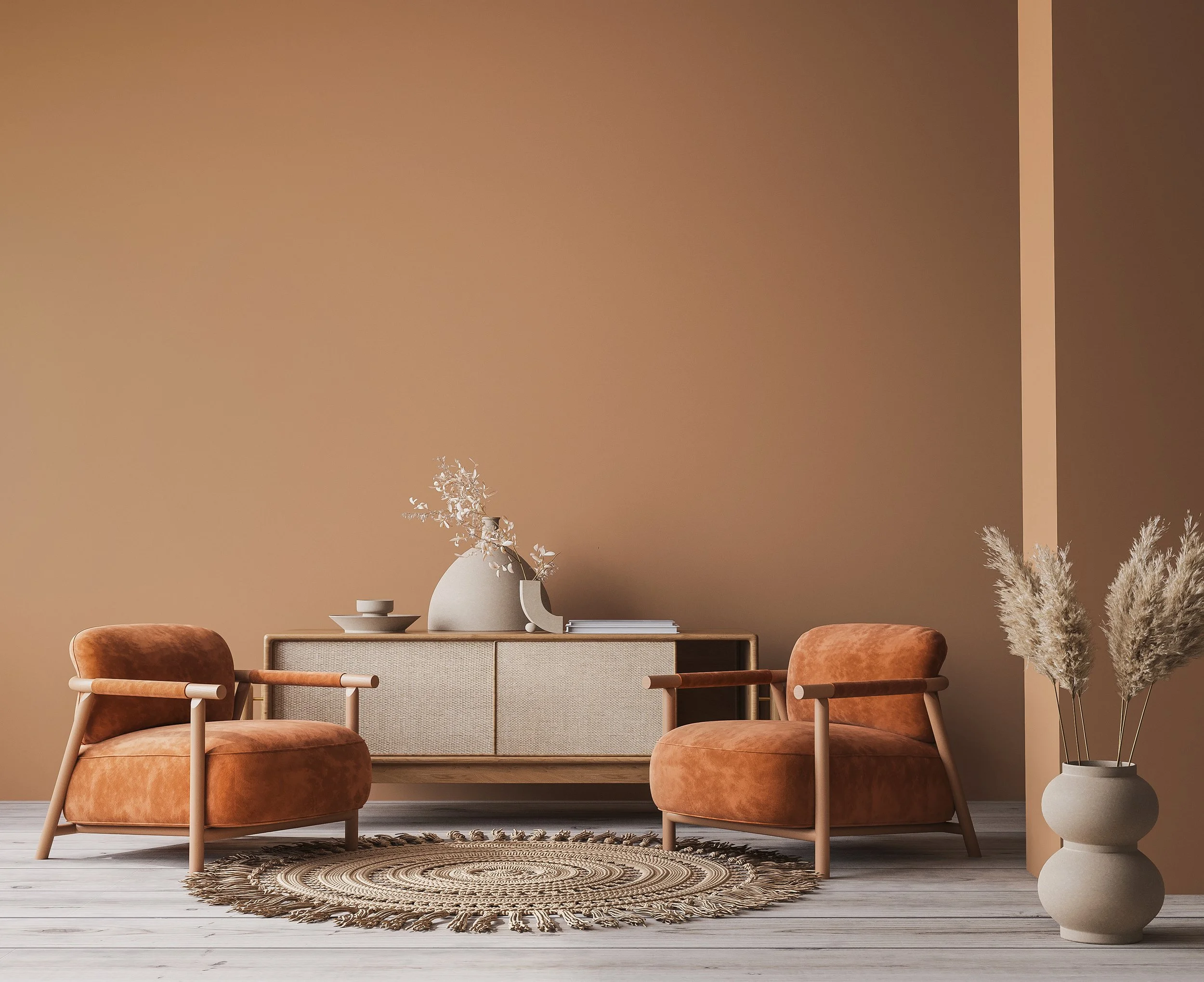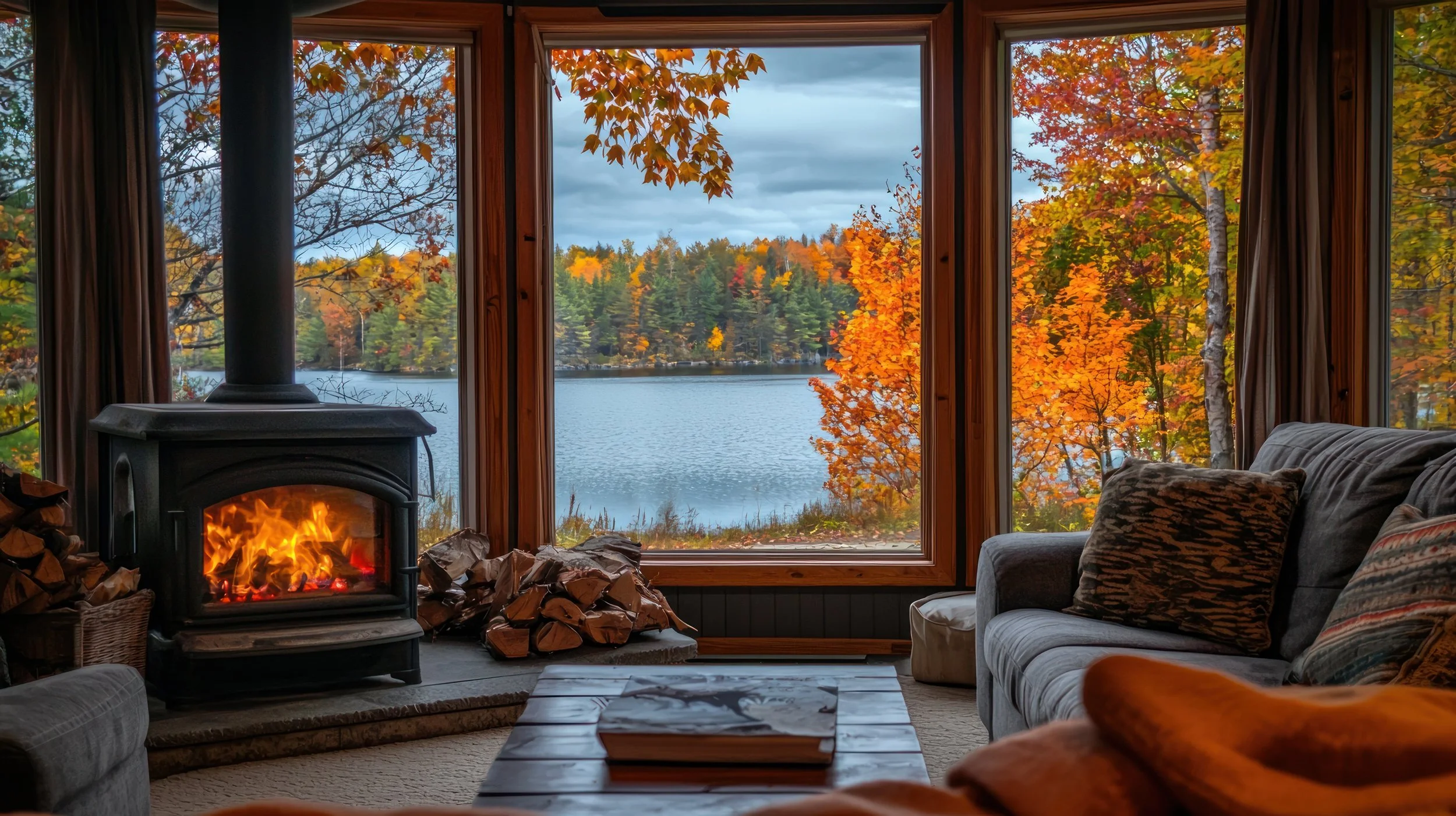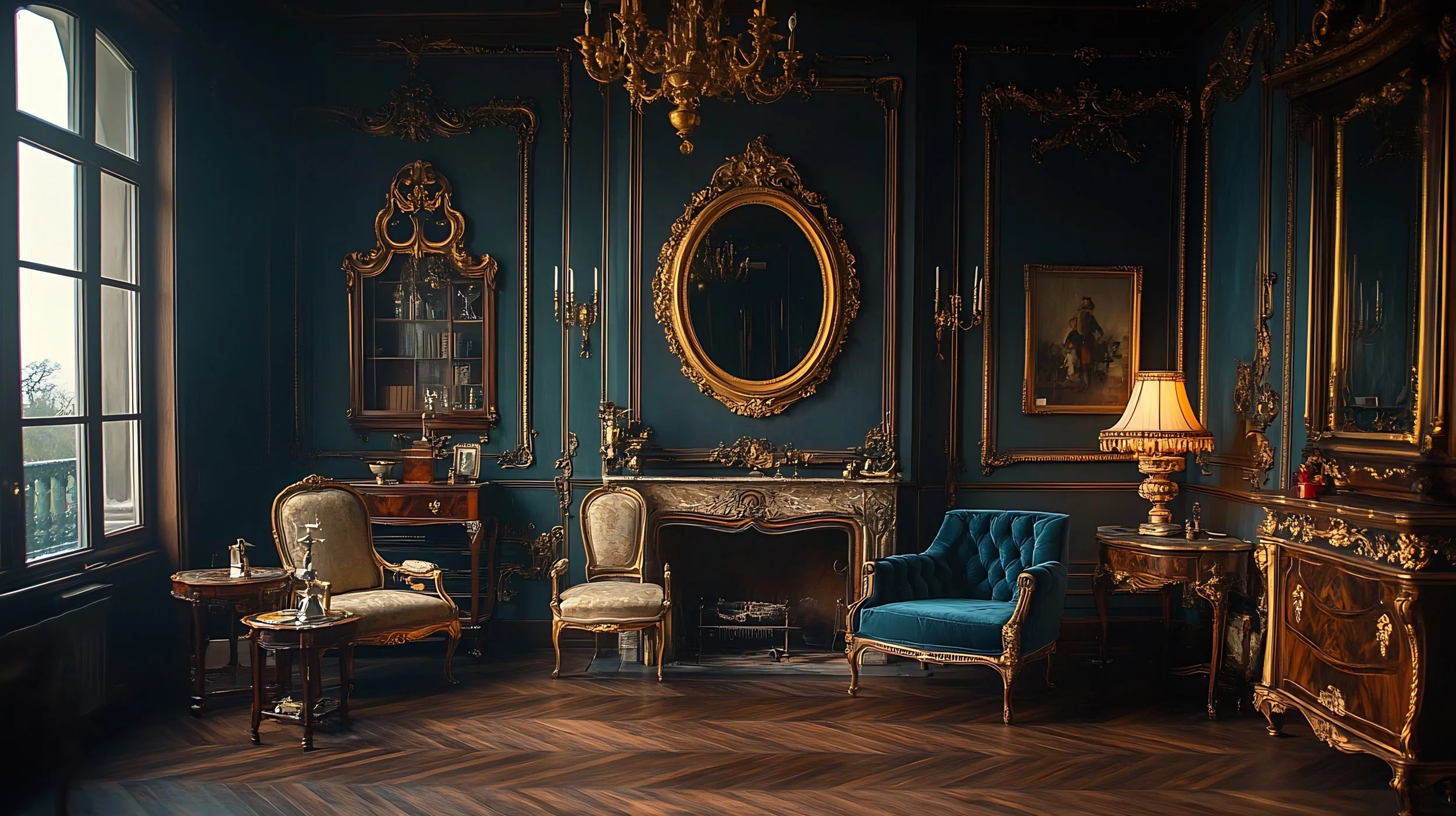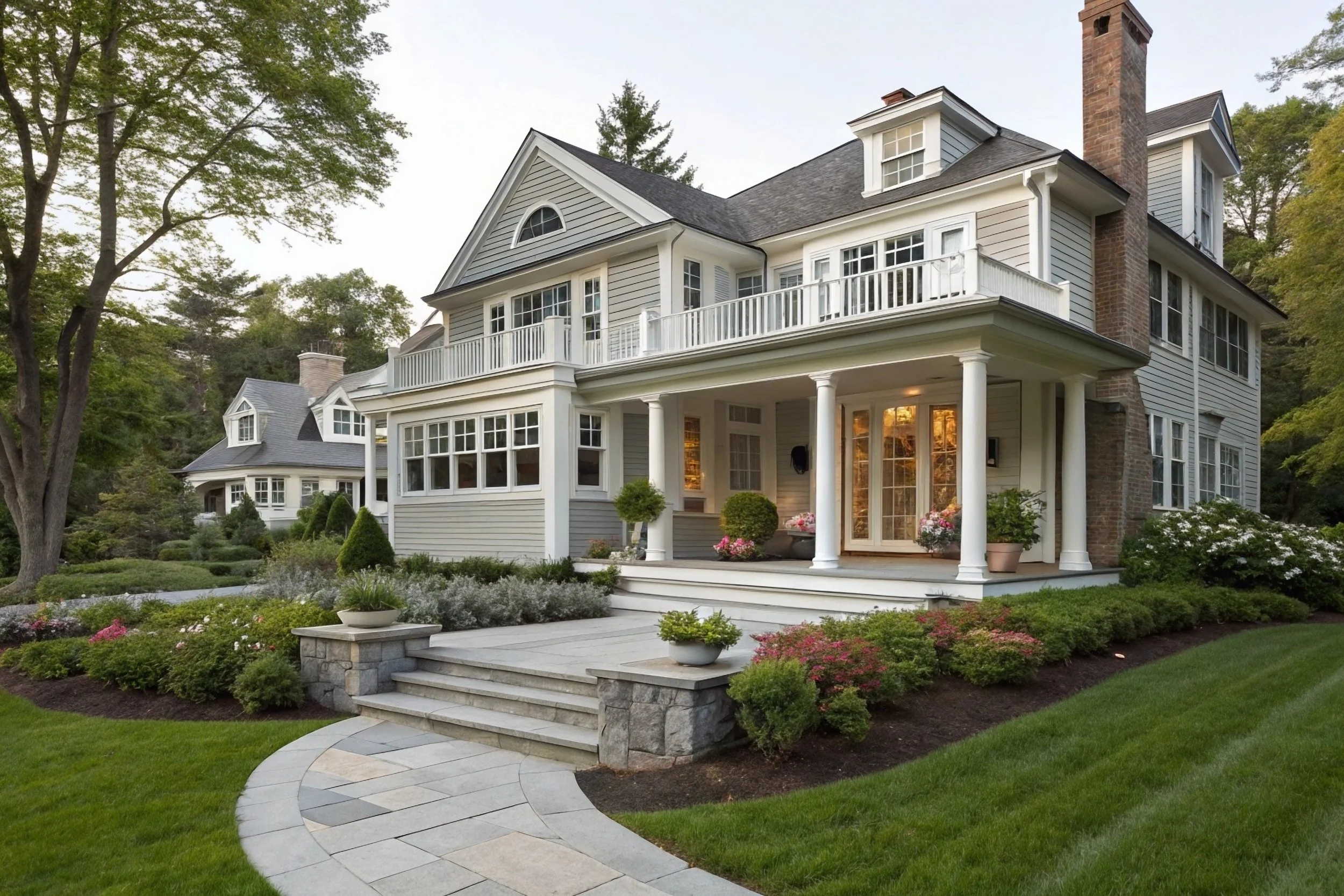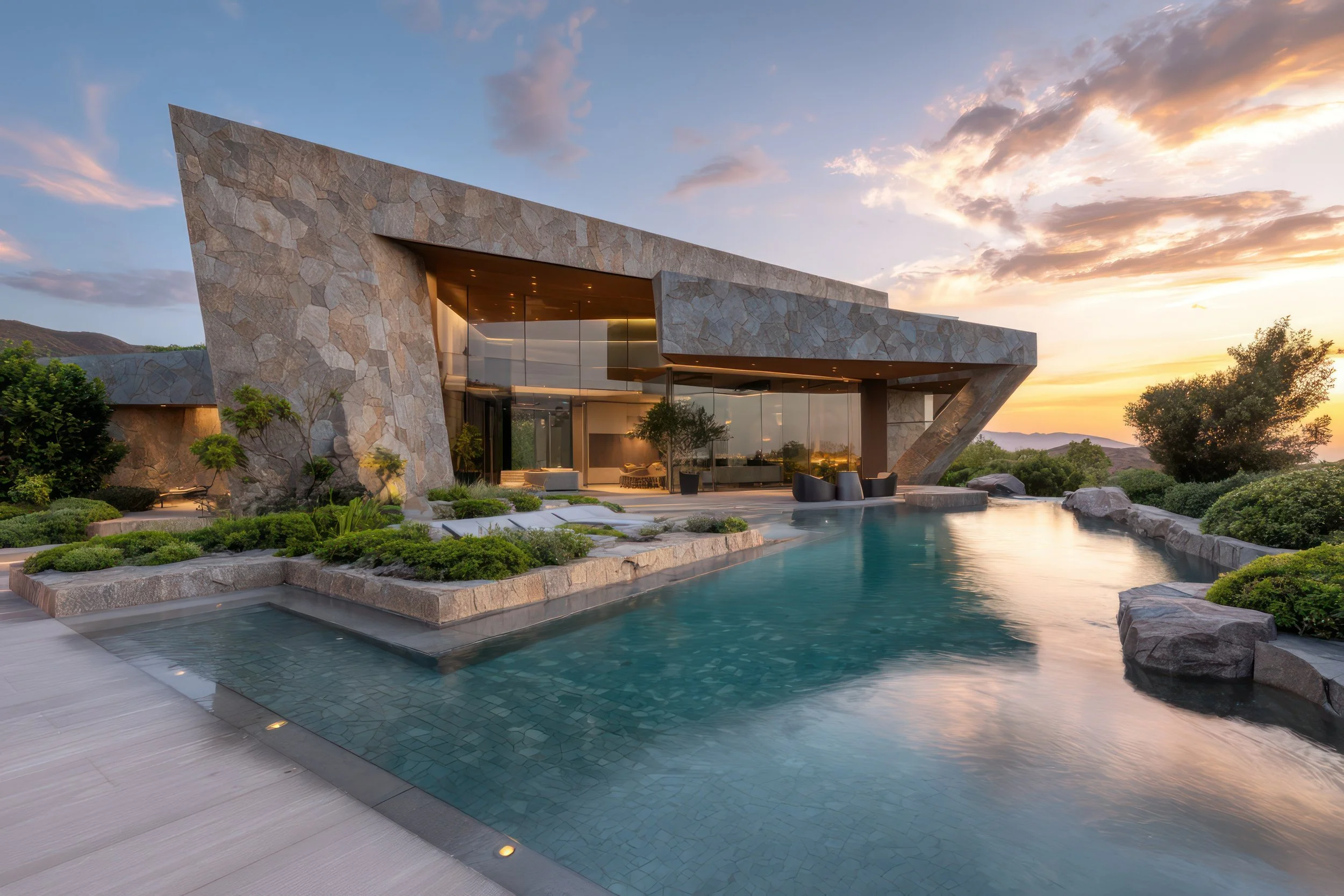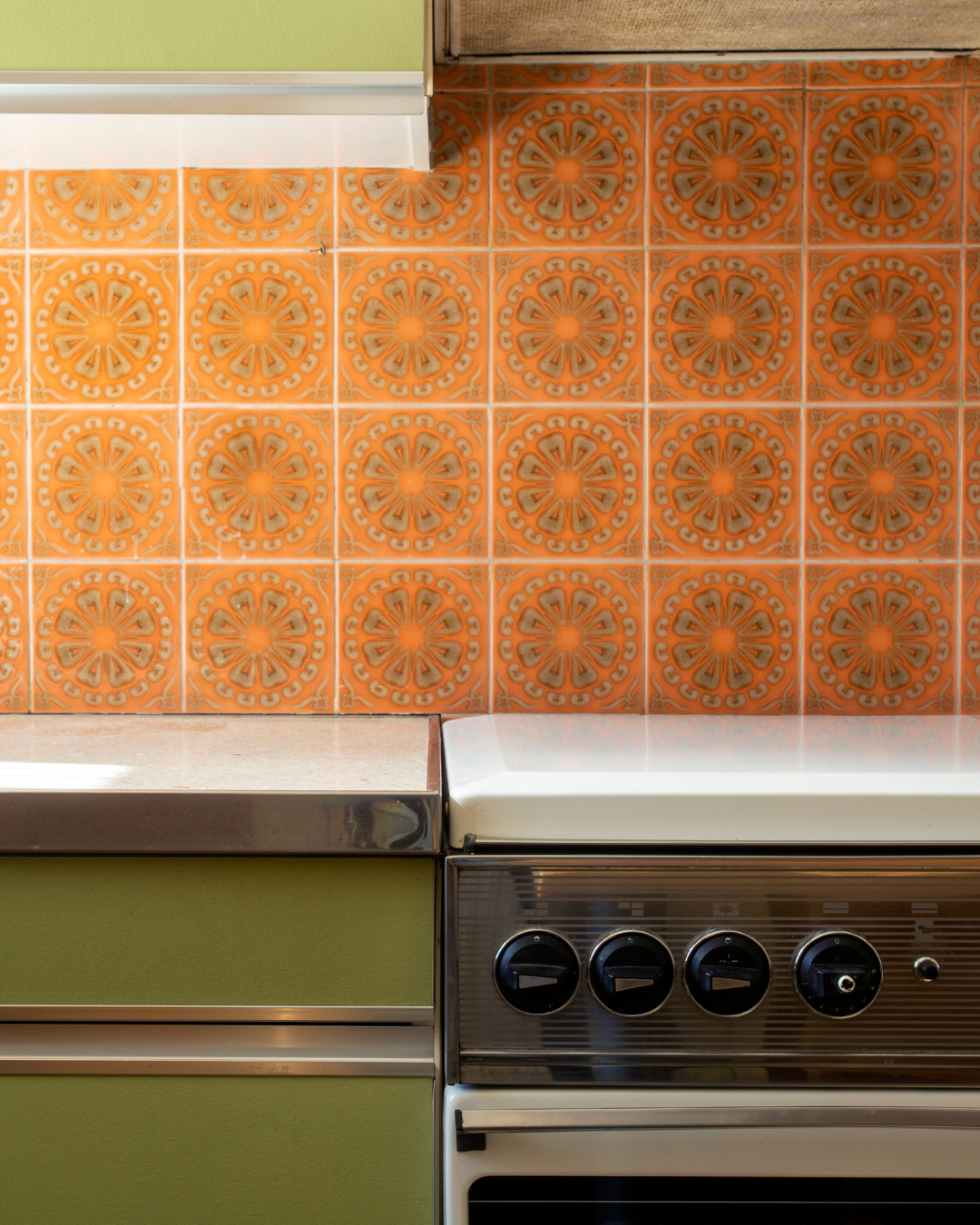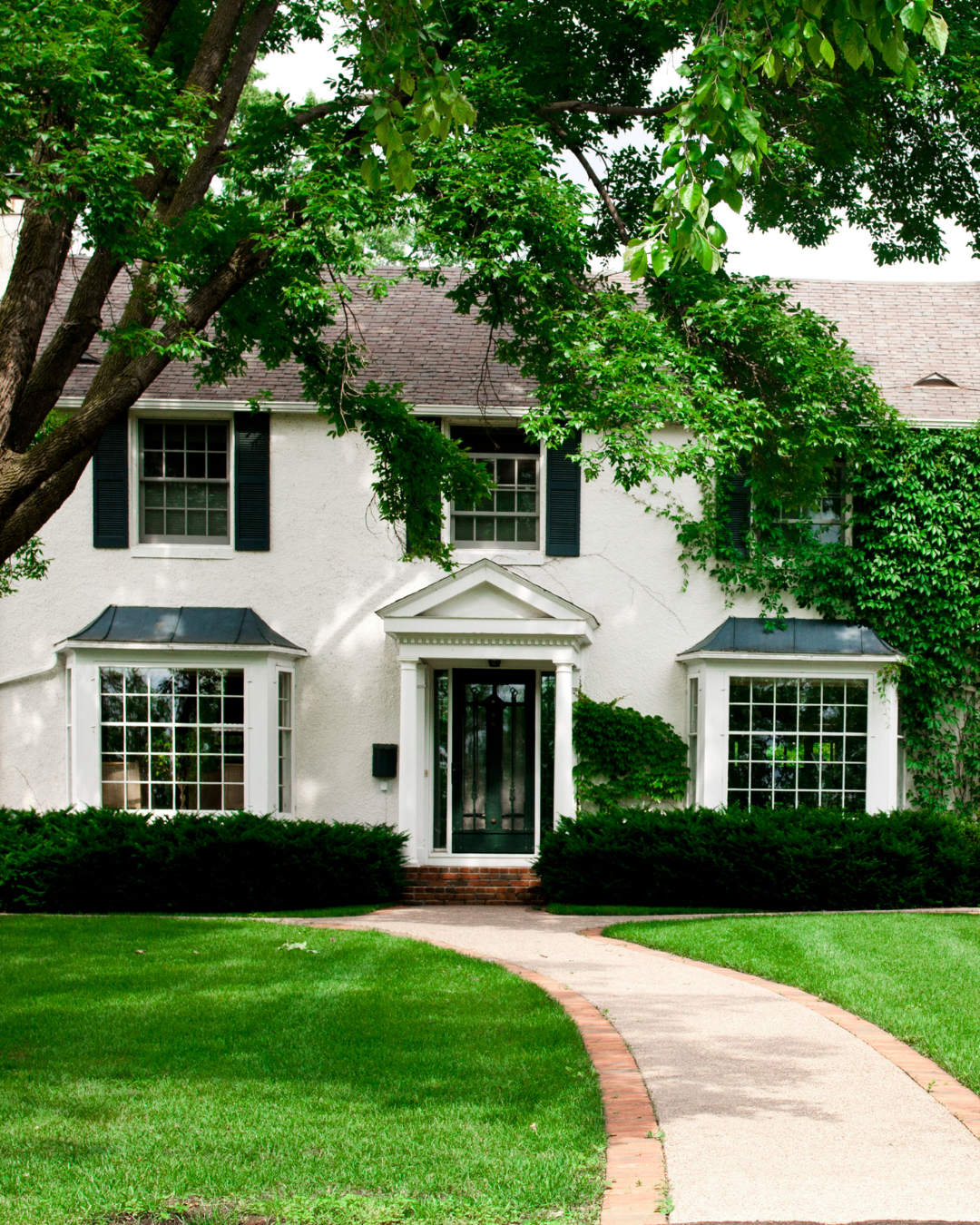In 2025, Art Deco is set to celebrate its official centenary in signature style. The influential decorative movement that flourished throughout Europe and the United States in the 1920s and early 1930s took its name from the “Exposition Internationale des Arts Décoratifs et Industriel,” an exhibition held in Paris in 1925, which showcased the latest innovations in architecture, fashion and industrial design.
Recognized for its refined aesthetic and use of luxury materials and bold geometry, Art Deco embraced technology and progress from the start, revolutionizing all areas of design with an optimism that was welcomed wholeheartedly after World War I.
As a design movement that continues to endure—and indeed inspire—many decades after its inception, what can Art Deco teach us about luxury living today?
“The language of Art Deco is both disciplined and expressive,” says Lucy Derbyshire, co-founder of the London-based design practice, Studio QD, and co-author of “Interior Style: Art Deco.” Key principles include the use of symmetrical and geometric forms, meticulous attention to detail and a commitment to opulent materials, she says. “There is also an emphasis on fine craftsmanship, which of course is something that we, as designers, are keen to emulate in our own interiors.”
As Derbyshire highlights: “The incredible thing about Art Deco is how it manages to encompass modernity and futuristic design so skillfully, while at the same time maintaining a sense of glamor. This is what makes it so consistently appealing and why these are ideas that we, and many others, draw inspiration from decades later.”
These principles can be seen in some of the spectacular lots on offer at Sotheby’s 2025 Important Design auction, where there is an impressive selection of Art Deco furniture and objets d’art. “Here, the style was characterized by geometric shapes, stylized floral motifs and materials such as exotic woods and lacquer, as well as shagreen and parchment, which up until that point had not been used in the field before,” explains Cécile Tajan, deputy director and head of sale, 20th century design at Sotheby’s Paris.
The sale includes several exceptional pieces by French furniture makers, designers and sculptors that illustrate the refinement of the period, Tajan notes—gilded wood armchairs by Armand-Albert Rateau, for example, and lacquer and eggshell nesting tables by Jean Dunand. “There is a pedestal table produced in 1913 by Paul Iribe, whose creations are particularly rare, which is a fantastic illustration of the beginnings of the Art Deco movement,” says Tajan.
The craftsmanship of Art Deco is also encapsulated in a set of silver, glass, lacquer and aventurine quartz bottles by French silversmith Jean Puiforcat. “Clients appreciate the discreet luxury of Art Deco,” Tajan says. “The elegance of the lines and the materials sit well with other furniture and art, be it classic or contemporary. It’s so easy to live with, which is why it remains popular today.”
That same combination of elegance and materiality translates into the world of luxury real estate, where the spirit of Art Deco—from its timeless aesthetic to its forward-thinking ethos—is evident in the most desirable properties on the market. Sotheby’s International Realty is currently listing homes with Art Deco heritage in New York, Paris, London, Madrid, Rome, Montreux and even the Greek island of Syros in the southern Aegean.
For Bradley Nelson, chief marketing officer of Sotheby’s International Realty, Art Deco’s legacy goes beyond style. “A century later, the essence of Art Deco—its bold embrace of beauty, innovation and craftsmanship—still resonates deeply in luxury real estate,” he says. “Today’s discerning buyers aren’t just purchasing square footage; they’re seeking homes that are expressive, imaginative and rooted in design excellence. Art Deco reminds us that true luxury lies in details. These qualities remain at the heart of what makes a home exceptional today.”
Design is not an afterthought for Sotheby’s International Realty, Nelson says—it’s foundational. And it’s this fluency in design that enables its global network of agents to position properties in a way that truly resonates with high-end buyers.
“Our agents are deeply attuned to the nuances of architecture, interiors and storytelling,” he says. “They understand that exceptional design doesn’t just elevate aesthetics—it enhances lifestyle and long-term value. Our heritage, informed by a global perspective and a close alignment with the art world, means we recognize beauty not just as an ornament, but as a defining element of luxury living.”
The shared DNA with Sotheby’s auction house also gives Sotheby’s International Realty a unique vantage point at the intersection of fine art, collectible design and real estate, as embodied by the partnership on the 2025 Important Design sale. “Whether it’s an iconic piece of 20th-century furniture or a landmark home inspired by Art Deco geometry, we recognize that great design shapes how we live, feel and connect with space,” says Nelson.
Art Deco, above all, reminds us of the connection between design and desirability, that a home is more than the sum of its walls. Decor matters, from the pleasing yet practical geometry of the perfect set of lacquered nesting tables to the mirrored doors of an apartment-block elevator shooting for the stars. When it comes to building, buying or selling a home, design is important. In fact, it’s indispensable.
SOURCE: Sotheby’s


